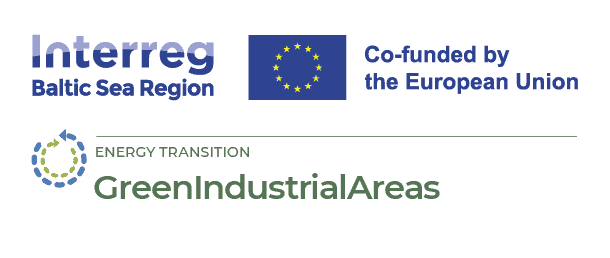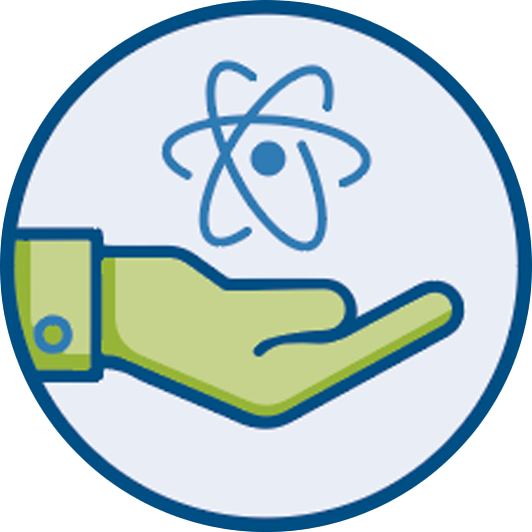
How Industrial Areas Can Become More Sustainable - Lessons from the pilot phase
26 March 2025
During the visits, peer review teams consisting of project partners and external experts examined facilities in pilot areas in Denmark, Finland, Latvia, Poland, and Germany. Together with representatives from local industrial companies, the team discussed challenges and transferable solutions relevant to the toolbox and certification which are being developed within the project. We summarize three key lessons from the visits:
- Renewable Energy Sources and Storage
All industrial areas in the project aim to supply at least 50% renewable energy. Several have made significant progress, particularly in solar and wind power. Additional initiatives, such as energy recovery from biogas and biomass, as well as waste heat recycling, demonstrate a strong commitment to reducing dependence on fossil fuels. However, one challenge is that in many cases, the installed energy sources supply the electricity grid rather than the industries’ own operations. Currently, only a few of the industrial areas have plans to install batteries or other energy storage solutions.
- Circularity Through Collaboration
An effective way to reduce resource consumption is for companies within industrial areas to collaborate on reusing waste and by-products. Waste heat, process water, and other by-products can be shared between businesses to optimize resources. Further challenges could be addressed by establishing common platforms where industries and companies can develop new methods and practices together.
- Initiatives to Reduce Greenhouse Gas Emissions
Since it is up to individual companies, rather than the industrial areas, to comply with applicable EU, national, and local environmental regulations, a variety of company-driven initiatives to reduce greenhouse gas emissions can be observed in the pilot areas. Some industrial companies monitor emissions across their entire value chain and actively seek alternative materials and more sustainable processes. Other interesting examples include pilot projects for carbon capture and storage (CCS) and indirect solutions such as using seawater for district cooling to reduce reliance on fossil fuels.
Knowledge and Incentives Are Required for Transition
According to Astrid Hackl and Deepshikha Singhania, both employees at Sustainable Business Hub and engaged in GreenIndustrialAreas, industries’ sustainability efforts are influenced by current knowledge and available budgets. They believe that the strong focus on sustainability in several pilot areas is largely driven by increasing environmental awareness, the advantages of collaboration, and the potential for cost savings.
– “The visits have shown that sustainability is an active process,” says Astrid Hackl.
Paths Forward for Sustainable Industry
Within the pilot areas, continuous efforts are underway to further develop existing processes and coordinate initiatives between municipalities, suppliers, and industrial companies. Going forward, there is a need to develop shared methods for measuring and evaluating environmental performance.
– “The GreenIndustrialAreas pilot areas continue to face challenges, but with the right strategies and active investments, these industries can become leaders in sustainable industrial development,” says Deepshikha Singhania.





